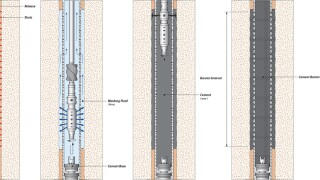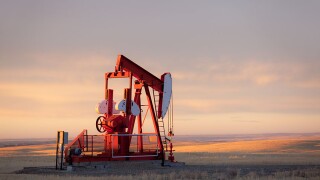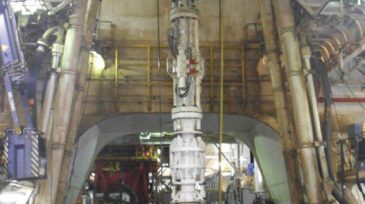Drilling
Oil and gas companies drilled 75 “high-impact” wells in 2024, representing 5.2 billion BOE.
This paper presents a comprehensive literature review of perforate, wash, and cement techniques that compares new methods with traditional ones and uses field cases and computational fluid dynamics to find the most cost- and time-effective practices without sacrificing safety.
The authors of this paper describe a method of stimulating a multizone hydrocarbon-producing well wherein a tool is deployed downhole by wireline to generate acid vapor at a target depth, allowing each interval to be treated uniquely.
-
This paper summarizes a wide variety of sandstone-acid-stimulation case histories, highlighting aspects such as mechanical conditions and operational practices.
-
One of the challenges for those involved with understanding an unexpected decline in well performance is identifying the exact causes for the reduced productivity. Consideration of all data available can eventually point toward one factor that could explain productivity decline.
-
The unique properties of deepwater formations pose significant challenges to the capabilities of conventional drilling rigs. Using automated drilling equipment, including MPD, efficiency and cost savings can accompany safety.
-
As drilling activity rises, the demand for all that is needed to complete wells rises even faster. The wells are bigger, and more water and sand are used for each foot stimulated.
-
Sustaining innovation and well performance during economic downcycles is a hot topic right now. However, the severity of this downturn has resulted in an unprecedented purging of existing paradigms. In this context, it is important to reveal and highlight new initiatives and success stories.
-
When the industry discusses subsea wells, the tophole construction gets scant attention. The Norwegian company NeoDrill believes it can create a more structurally stable foundation, greater efficiency, and reduced cost by using a conductor anchor node.
-
US drilling and completion companies that were slashing workforces and cannibalizing pumping trucks for parts 6 months ago are now hiring crews and repairing equipment to meet rising demand.
-
Drilling automation is one of the most promising emerging technologies that the oil and gas industry has to look forward to. The potential benefits span the spectrum from health and safety to lower costs and repeatable well results.
-
This paper describes the first job in southeast Asia in developing horizontal-well placement in a turbidite environment.
-
The successes and challenges of producers in the United States’ most active oil play received a wide-ranging discussion by three panelists recently at an SPE Gulf Coast Section meeting in Houston on the state of the Permian Basin.













